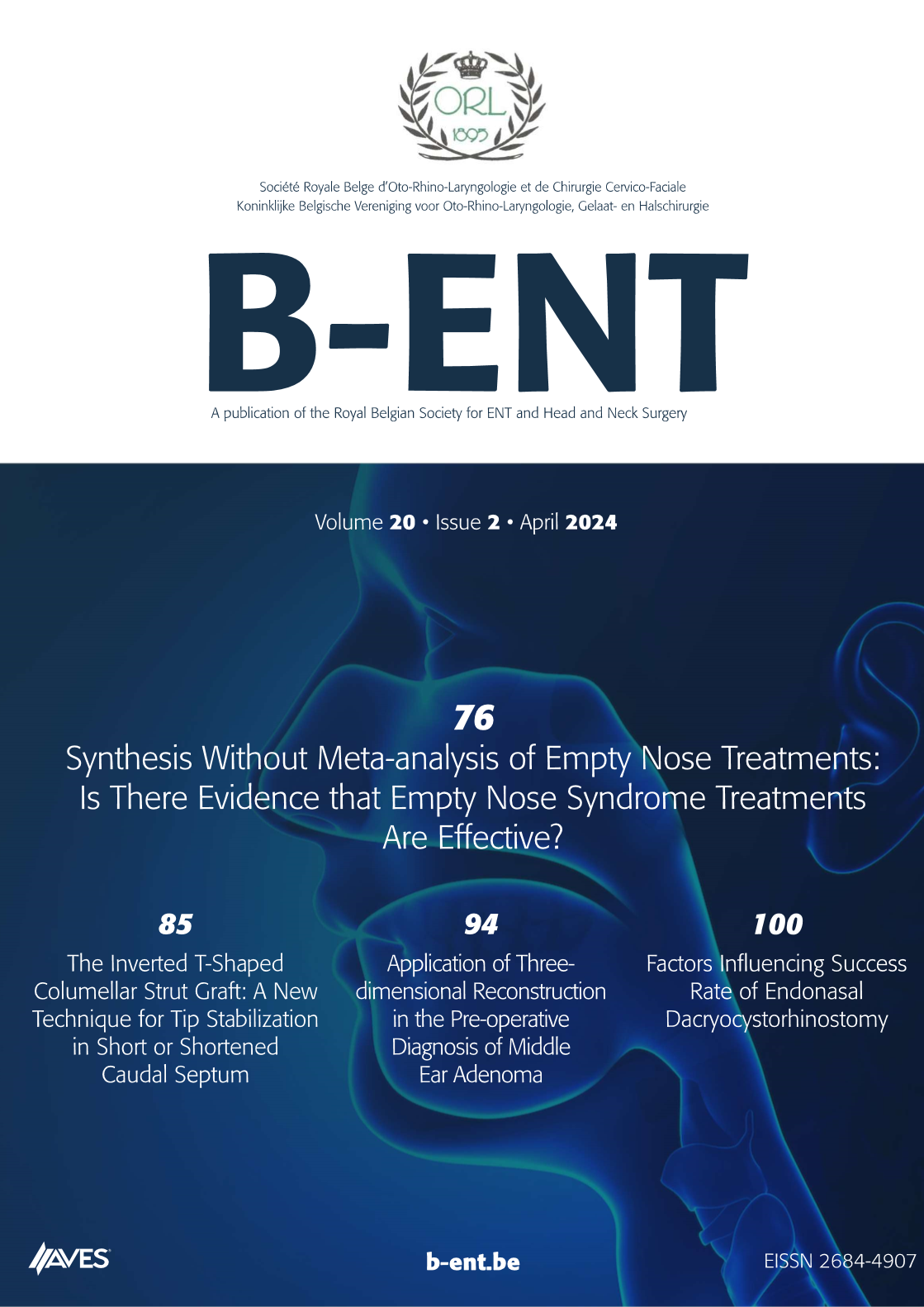The problems/objectives: We aimed to evaluate the relationship between blood/nasal eosinophilia and fractional exhaled nitric oxide (FeNO) in patients with allergic rhinitis (AR) and whether FeNO analysis is useful for AR diagnosis.
The methodology: In 28 patients with rhinitis symptoms (19 men and 9 women, ages 20 to 56 years), we performed allergy tests (skin-prick test/multiple allergo-sorbent tests). Participants were classified based on these results into the AR group (n=15) and non-AR (NAR) group (n=13). We measured serum eosinophil count and performed a swab for measuring nasal eosinophilia and the FeNO test in all patients.
Results: The AR group had statistically significantly higher FeNO values than the NAR group (54.6±5.7 versus 24.5±1.8 ppb; p<0.0001). Linear regression analysis showed a statistically significant correlation between FeNO and serum eosinophil counts (R2 =0.33, p=0.0013) and between FeNO and nasal eosinophil counts (R2 =0.26, p=0.005). Receiver operating characteristic curve analysis gave an area under the curve of 0.983. When we set the diagnostic value of FeNO at 33.5 ppb or higher, sensitivity and specificity were 93.8% and 92.3%, respectively
Conclusions: FeNO could be a useful tool in assessing the degree of eosinophilic inflammation in patients with allergic rhinitis.



.png)
